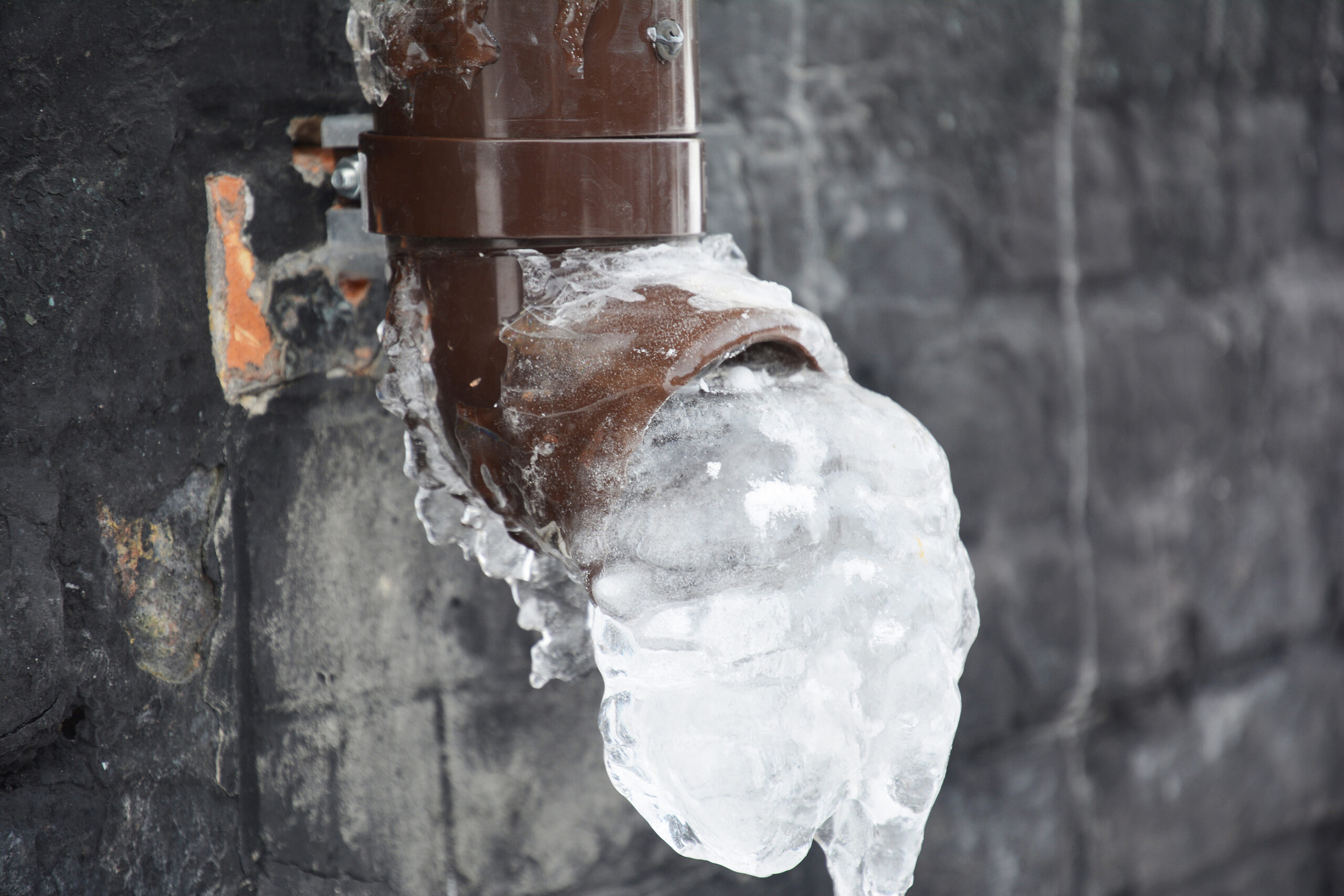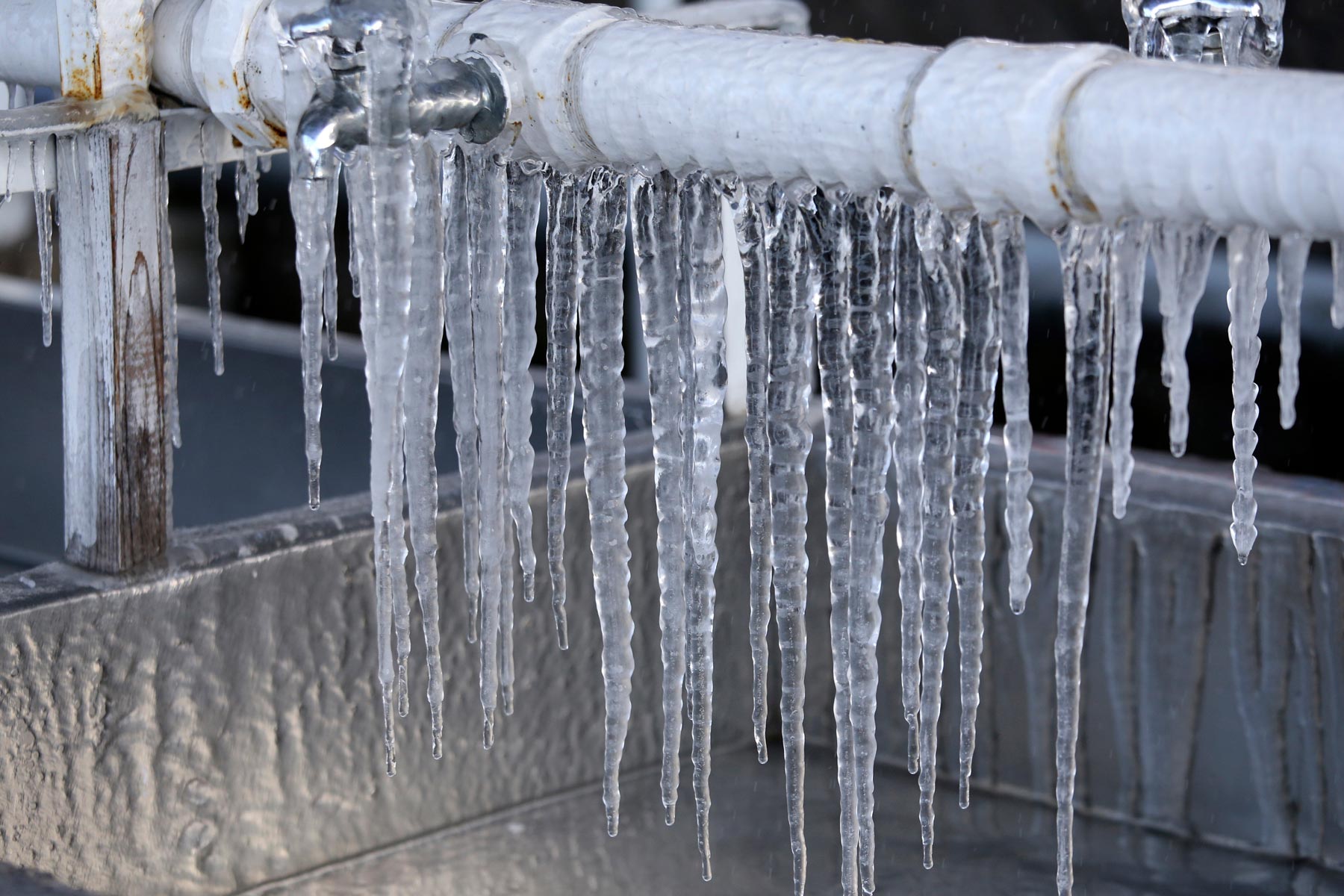What are your thoughts about Winter Plumbing Precautions: Preventing Frozen Pipes?

Cold weather can ruin your plumbing, particularly by freezing pipes. Below's exactly how to prevent it from happening and what to do if it does.
Intro
As temperature levels drop, the risk of frozen pipes rises, potentially leading to expensive repair work and water damage. Recognizing how to stop icy pipes is important for home owners in chilly environments.
Recognizing Icy Pipelines
What causes pipelines to freeze?
Pipelines freeze when subjected to temperature levels listed below 32 ° F (0 ° C) for prolonged durations. As water inside the pipes ices up, it expands, putting pressure on the pipe walls and possibly causing them to rupture.
Threats and problems
Icy pipes can lead to water supply interruptions, residential property damages, and expensive repairs. Burst pipes can flooding homes and trigger considerable structural damage.
Indications of Frozen Pipeline
Identifying frozen pipelines early can prevent them from bursting.
How to recognize icy pipes
Try to find decreased water circulation from faucets, unusual odors or sounds from pipes, and noticeable frost on exposed pipelines.
Prevention Tips
Protecting prone pipelines
Wrap pipelines in insulation sleeves or use heat tape to protect them from freezing temperatures. Concentrate on pipelines in unheated or outside locations of the home.
Home heating strategies
Keep interior rooms properly warmed, especially areas with plumbing. Open closet doors to permit warm air to distribute around pipes under sinks.
Securing Outdoor Plumbing
Garden tubes and outdoor taps
Separate and drain yard hoses before winter season. Install frost-proof faucets or cover outdoor faucets with protected caps.
What to Do If Your Pipelines Freeze
Immediate actions to take
If you presume icy pipelines, maintain taps available to relieve pressure as the ice melts. Utilize a hairdryer or towels soaked in hot water to thaw pipelines slowly.
Long-Term Solutions
Structural adjustments
Think about rerouting pipes far from exterior wall surfaces or unheated locations. Add additional insulation to attics, basements, and crawl spaces.
Updating insulation
Buy premium insulation for pipes, attics, and wall surfaces. Proper insulation aids preserve regular temperatures and decreases the risk of icy pipes.
Verdict
Preventing icy pipes needs proactive steps and fast reactions. By comprehending the causes, indications, and safety nets, home owners can protect their pipes throughout winter.
5 Ways to Prevent Frozen Pipes
Drain Outdoor Faucets and Disconnect Hoses
First, close the shut-off valve that controls the flow of water in the pipe to your outdoor faucet. Then, head outside to disconnect and drain your hose and open the outdoor faucet to allow the water to completely drain out of the line. Turn off the faucet when done. Finally, head back to the shut-off valve and drain the remaining water inside the pipe into a bucket or container. Additionally, if you have a home irrigation system, you should consider hiring an expert to clear the system of water each year.
Insulate Pipes
One of the best and most cost-effective methods for preventing frozen water pipes is to wrap your pipes with insulation. This is especially important for areas in your home that aren’t exposed to heat, such as an attic. We suggest using foam sleeves, which can typically be found at your local hardware store.
Keep Heat Running at 65
Your pipes are located inside your walls, and the temperature there is much colder than the rest of the house. To prevent your pipes from freezing, The Insurance Information Institute suggests that you keep your home heated to at least 65 degrees, even when traveling. You may want to invest in smart devices that can keep an eye on the temperature in your home while you’re away.
Leave Water Dripping
Moving water — even a small trickle — can prevent ice from forming inside your pipes. When freezing temps are imminent, start a drip of water from all faucets that serve exposed pipes. Leaving a few faucets running will also help relieve pressure inside the pipes and help prevent a rupture if the water inside freezes.
Open Cupboard Doors
Warm your kitchen and bathroom pipes by opening cupboards and vanities. You should also leave your interior doors ajar to help warm air circulate evenly throughout your home.

As a devoted person who reads about Prevent Frozen Pipes , I figured sharing that piece was essential. Do you know anybody else who is in to the niche? Why not share it. Thank you for your time spent reading it.
Call Today